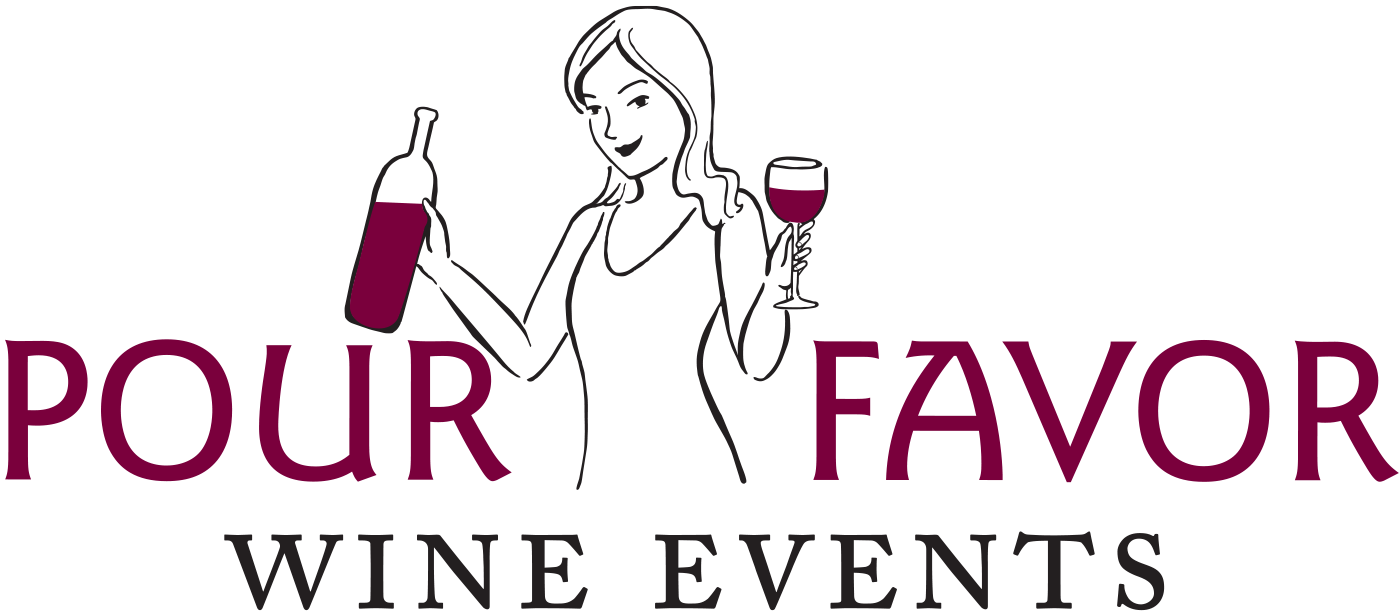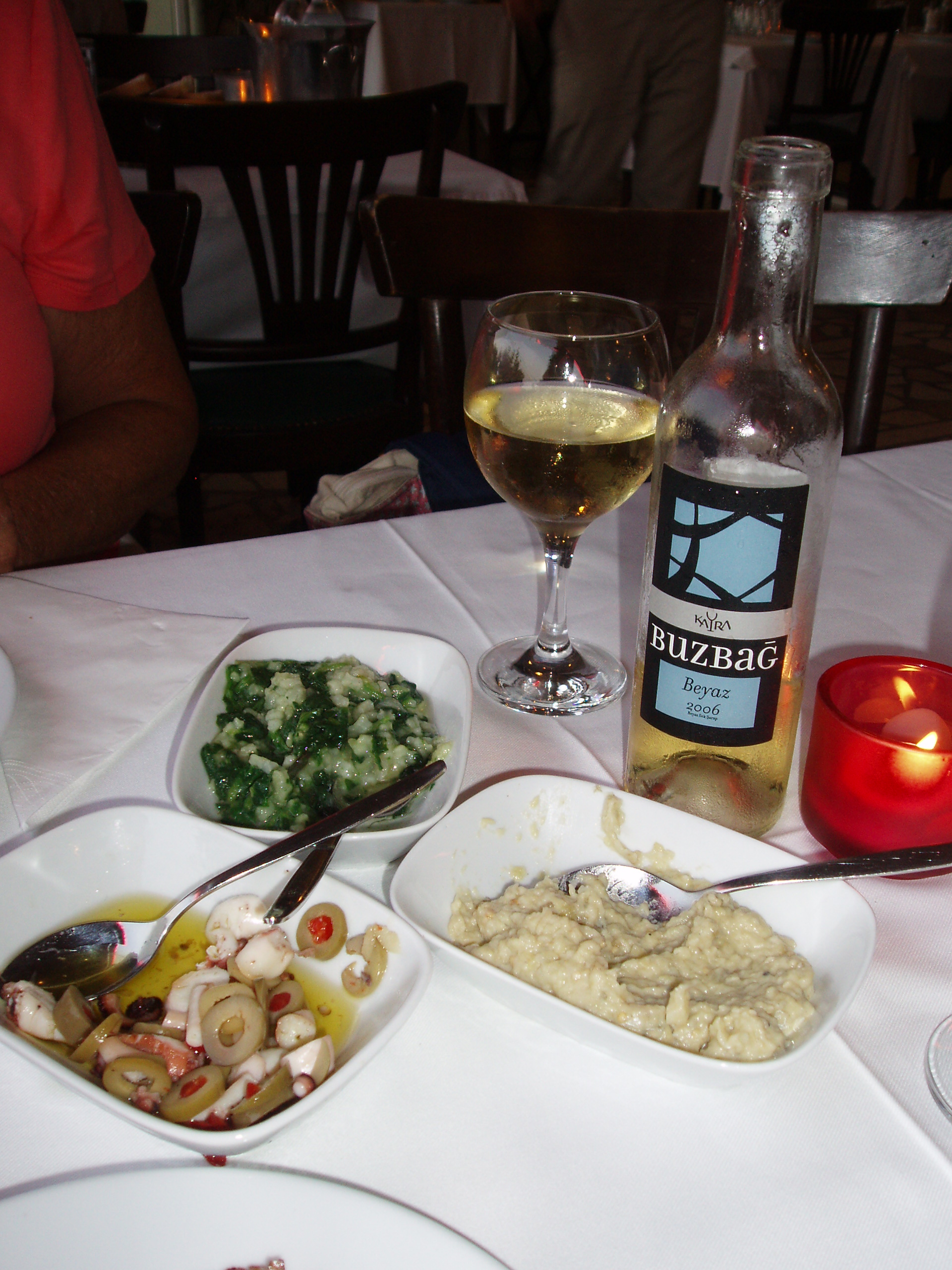 Ok, so it isn't really spelled that way.... But it certainly makes me want to run out and get some! Zweigelt, that is, a little Austrian red wine goodness that's perfect for this time of year. (It's said Z-vye-gelt, if my title was of no use to you this delightful, holiday Monday!)
What? Austrian wine? WHAT?!
Ok, so it isn't really spelled that way.... But it certainly makes me want to run out and get some! Zweigelt, that is, a little Austrian red wine goodness that's perfect for this time of year. (It's said Z-vye-gelt, if my title was of no use to you this delightful, holiday Monday!)
What? Austrian wine? WHAT?!
Yes. Austria! I'm too young (if I do say so for myself) to really remember the (drinking) days when Austrian wine was a horrifying "No, No" - and, frankly, my experience with Austrian gastronomy has only been pure pleasure. (Who doesn't love herb-encrusted game? Cured meats? Hard cheeses? And delicious, oh-so-delicious, sweets!) I think of the Alps, the fascinating history of the Austro-Hungarian Empire, and those fine foods before I recall Austria has had its sad disaster of a period in modern wine making history.
To refresh your memory, Austria used to be known for its sweet wines. Things only got tricky in 1985 when a group of corrupt wine brokers tried to salvage poor harvests by adding diethylene glycol (found in antifreeze, no joke...) to the wines to increase the sweetness and then, worse, sell these wines as legit for a decent profit. I think NOT! Well, it didn't work out so well for these greedy businessmen; but it did ultimately work out well for serious winemakers. Austria can now boast the strictest wine laws in the world. And that's saying something when you recall the restrictions offered up in France and Italy, for example. It also allowed serious winemakers to refocus their energies on making truly fabulous, dry wines.
Austria may still churn out 80% white wines (Gruner Veltliner is the major player on the white stage), but their reds are something to behold, too. Zweigelt is a test tube baby, or a man-made hybrid of St. Laurent (Austrian clone of Pinot Noir) and Blaufrankish. Why man-made? Well, Pinot Noir/St. Laurent is a tricky, tricky grape to grow because it is so delicate and, therefore, suseptible to so many different vineyards pests (bugs and birds alike), climatic challenges (frost, heat, hail, etc.) and even the human touch. Zweigelt is less prone to frost, bud-breaks later and becomes a more mature fellow (ripens) earlier in the season. This is a godsend in Austria where the weather is a bit, shall we say... chilly?
Zweigelt is a white and red wine drinkers happiness. And it is perfect this time of year when you are thinking about the light fruitiness of Gamay (aka Beaujolais) and want something with a bit more character for both a warm day and cooler evening. The best part is that Austrian wines can be very reasonably priced - they do, afterall, have to redeem themselves in the global market!
If this is a new grape to you, try the Sepp Moser Zweigelt. It should retail for about 10 bones. It delivers cranberry and cherry fruit right up front and center stage. It can be a little on the tart side on the back palate and as it finishes, but I don't mind it (and I usually do!). The flavors in this little wine gets me excited about fireplaces and Thanksgiving dinner to come!
Are you a Zweigelt lover? Have you gotten (back) on the Austrian wine bandwagon?


 Red Sox fans were so wrapped up in ending the 86-year Championship drought
Red Sox fans were so wrapped up in ending the 86-year Championship drought  Last week here in Beantown the weather went from gorgeous fall to stormy insanity. In some ways this is a wine buyer's dream. There's no other time of year where you can pick wines for the weekly tasting to straddle the warmer/colder, sunnier/rainier line and scratch almost every consumer's itch. And since there's so much new juice on the market, we can also introduce our customers to new products. See? There's always a silver lining (even when you now have a natural swimming pool in the backyard...)!
But I'm jazzed about my topic for this Monday morning musing for another reason, too... remember last week we started talking about fall wine options? Well, for my white wine readers and
Last week here in Beantown the weather went from gorgeous fall to stormy insanity. In some ways this is a wine buyer's dream. There's no other time of year where you can pick wines for the weekly tasting to straddle the warmer/colder, sunnier/rainier line and scratch almost every consumer's itch. And since there's so much new juice on the market, we can also introduce our customers to new products. See? There's always a silver lining (even when you now have a natural swimming pool in the backyard...)!
But I'm jazzed about my topic for this Monday morning musing for another reason, too... remember last week we started talking about fall wine options? Well, for my white wine readers and 
 This weekend I fielded an oh-so timely and very relevant question: "if you don't taste wines for a living, how can you find new wine finds and otherwise expand your palate?"
As it turns out, Labor Day is the unofficial start to the Trade's Tasting Season. What do I mean? Well, we in the trade have the opportunity to attend numerous industry-only wine tastings. These tastings are organized to 'show' fine wine vendors and restaurateurs the latest vintage releases from around the world - baring in mind that those offerings from the Southern Hemisphere operate on a Spring release schedule, so it is likely those wines have been available for several months. How does this impact you, the consumer?
This weekend I fielded an oh-so timely and very relevant question: "if you don't taste wines for a living, how can you find new wine finds and otherwise expand your palate?"
As it turns out, Labor Day is the unofficial start to the Trade's Tasting Season. What do I mean? Well, we in the trade have the opportunity to attend numerous industry-only wine tastings. These tastings are organized to 'show' fine wine vendors and restaurateurs the latest vintage releases from around the world - baring in mind that those offerings from the Southern Hemisphere operate on a Spring release schedule, so it is likely those wines have been available for several months. How does this impact you, the consumer? I first had the opportunity to vacation on the lovely (Turkish) Cyprus island two years ago when my friend invited me to stay with her family for a couple of weeks. Whether it was because Turkey is largely a Muslim nation or because my friend's parents don't imbibe very often, drinking wasn't a big part of that trip. I tried Raki once - a strong, clear brandy that tastes of anise - but was not a fan, as my nephew would say. I also remember trying a glass of red wine at a Beer Garden there and found it almost undrinkable. It was so acidic and unbalanced I was happy to stick with the thirst-quenching Effes beer that dominated nightspot venues.
This summer we were visiting for the same friend's wedding celebration and decided to spend a few days in Istanbul on the way. The first night we were there we saddled up to a local
I first had the opportunity to vacation on the lovely (Turkish) Cyprus island two years ago when my friend invited me to stay with her family for a couple of weeks. Whether it was because Turkey is largely a Muslim nation or because my friend's parents don't imbibe very often, drinking wasn't a big part of that trip. I tried Raki once - a strong, clear brandy that tastes of anise - but was not a fan, as my nephew would say. I also remember trying a glass of red wine at a Beer Garden there and found it almost undrinkable. It was so acidic and unbalanced I was happy to stick with the thirst-quenching Effes beer that dominated nightspot venues.
This summer we were visiting for the same friend's wedding celebration and decided to spend a few days in Istanbul on the way. The first night we were there we saddled up to a local  I think many of you can relate when I say I have my "people" for certain services. Hair stylist. Massage guru. Acupuncturist. Physical Trainer. Plumber. You get the idea.... My relationships with these people are critical to the quality of service I receive. My hair stylist recently moved down to Florida, for example. She was fabulous and it took me three other stylist before I "found" her. We shared 3 years of snip-snip bliss. Now, I'll have to make a new investment to find the right person to meet my needs. At least I'm one step closer to hair cut heaven - I like the place I go to.
It's the same when it comes to wine. Two weeks ago I met a couple at a Pour Favor tasting. They were lamenting the selection at their local liquor store. Challenge #1? Liquor stores may (claim to) have a fine wines selection, but if they aren't geared toward wine in particular then they likely aren't seeking out new, quality selections. More likely the "fine" in Fine Wines is up for grabs; you'll notice they stick to the mainstream wines we see so often. I doubt whether they even taste the next vintage of the standard wines they carry each year. Challenge #2? They likely do not have staff on hand who have specialized wine knowledge and are equipped to take you from Yellow Tail* to Yippee!
I think many of you can relate when I say I have my "people" for certain services. Hair stylist. Massage guru. Acupuncturist. Physical Trainer. Plumber. You get the idea.... My relationships with these people are critical to the quality of service I receive. My hair stylist recently moved down to Florida, for example. She was fabulous and it took me three other stylist before I "found" her. We shared 3 years of snip-snip bliss. Now, I'll have to make a new investment to find the right person to meet my needs. At least I'm one step closer to hair cut heaven - I like the place I go to.
It's the same when it comes to wine. Two weeks ago I met a couple at a Pour Favor tasting. They were lamenting the selection at their local liquor store. Challenge #1? Liquor stores may (claim to) have a fine wines selection, but if they aren't geared toward wine in particular then they likely aren't seeking out new, quality selections. More likely the "fine" in Fine Wines is up for grabs; you'll notice they stick to the mainstream wines we see so often. I doubt whether they even taste the next vintage of the standard wines they carry each year. Challenge #2? They likely do not have staff on hand who have specialized wine knowledge and are equipped to take you from Yellow Tail* to Yippee! This weekend I was put to the test while bantering with some folks about wine/food pairing. The query?
This weekend I was put to the test while bantering with some folks about wine/food pairing. The query? Whenever I've traveled to wine country I've noticed a plethora of dogs hanging out in/around the winery. I didn't think too much about it, figuring pets/animals and rural areas go hand in hand. It always seemed like a great opportunity to ensure a 'friend' was always nearby and an astute property "scout" was happy to help keep an eye on things. I've also been noticing how many pooches appear on labels. A great
Whenever I've traveled to wine country I've noticed a plethora of dogs hanging out in/around the winery. I didn't think too much about it, figuring pets/animals and rural areas go hand in hand. It always seemed like a great opportunity to ensure a 'friend' was always nearby and an astute property "scout" was happy to help keep an eye on things. I've also been noticing how many pooches appear on labels. A great  I'm going to break with tradition today and start from the bottom up (i.e. with my question of the day): What do you do with your corks?
I started out with a drawer, moved on to a fish bowl, supplemented with a giant, glass brandy snifter and - as of this weekend - have upgraded to a serious, 18" high, glass mason jar. When I started saving my corks several years ago, I saved them because I wanted to remember certain bottles of wine I quite enjoyed. Then it became a habit and all corks became part of my collection. Then when I was on the wine trail out west, my brother and I started asking for corks at the various wineries we visited. Once we even found a bag of them hidden somewhere and he proceeded to take handfuls of them off their hands and stuff them into my decent sized hand bag. That's when I knew I had crossed over.
I'm going to break with tradition today and start from the bottom up (i.e. with my question of the day): What do you do with your corks?
I started out with a drawer, moved on to a fish bowl, supplemented with a giant, glass brandy snifter and - as of this weekend - have upgraded to a serious, 18" high, glass mason jar. When I started saving my corks several years ago, I saved them because I wanted to remember certain bottles of wine I quite enjoyed. Then it became a habit and all corks became part of my collection. Then when I was on the wine trail out west, my brother and I started asking for corks at the various wineries we visited. Once we even found a bag of them hidden somewhere and he proceeded to take handfuls of them off their hands and stuff them into my decent sized hand bag. That's when I knew I had crossed over.